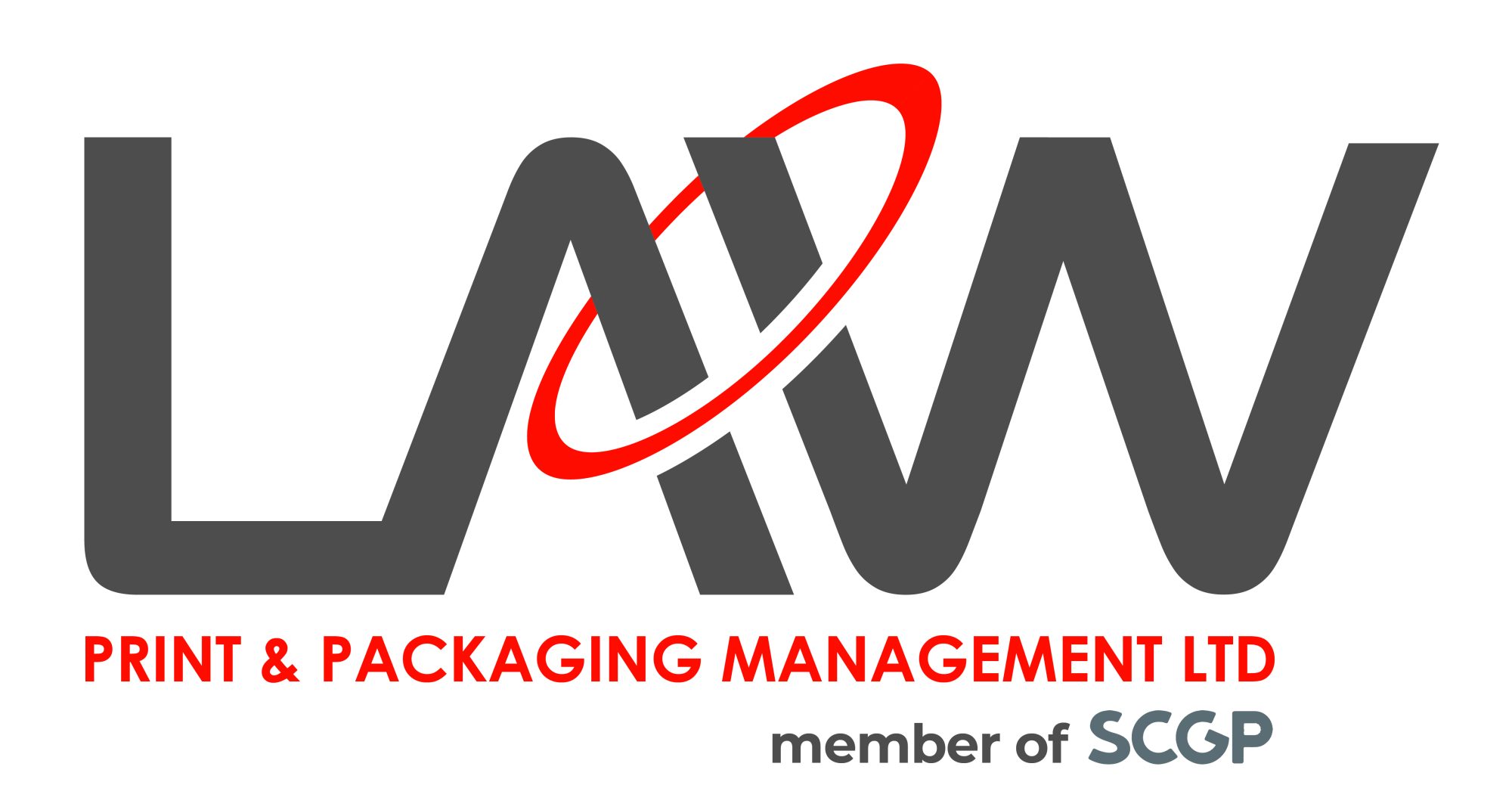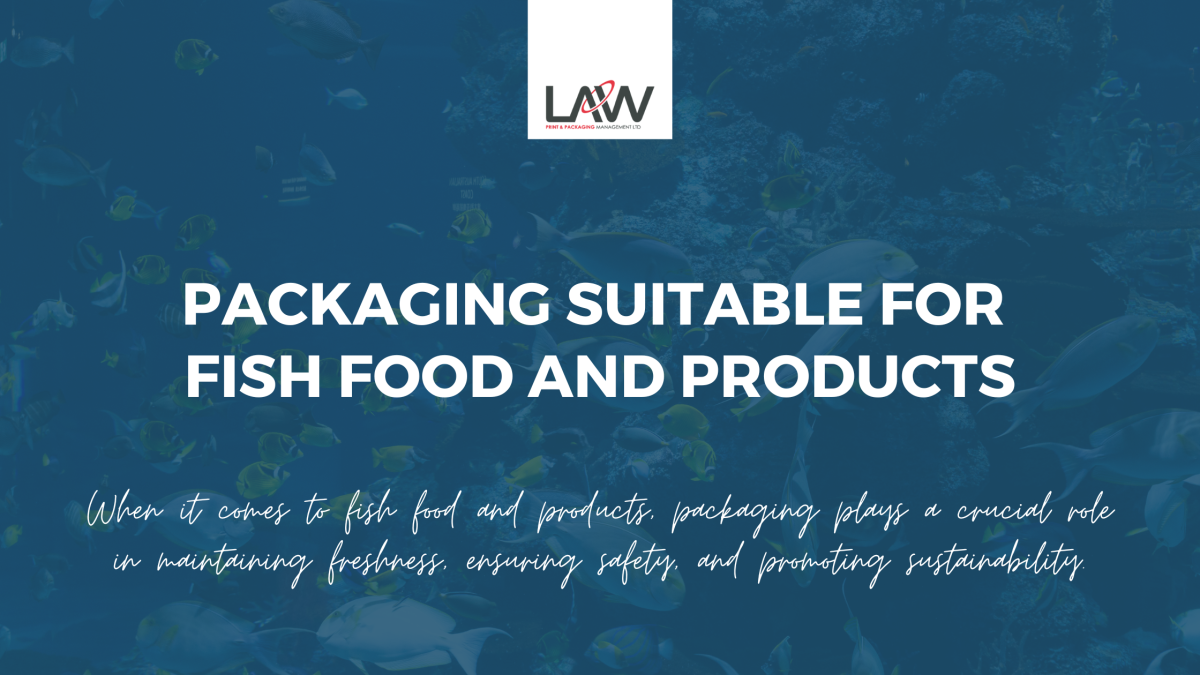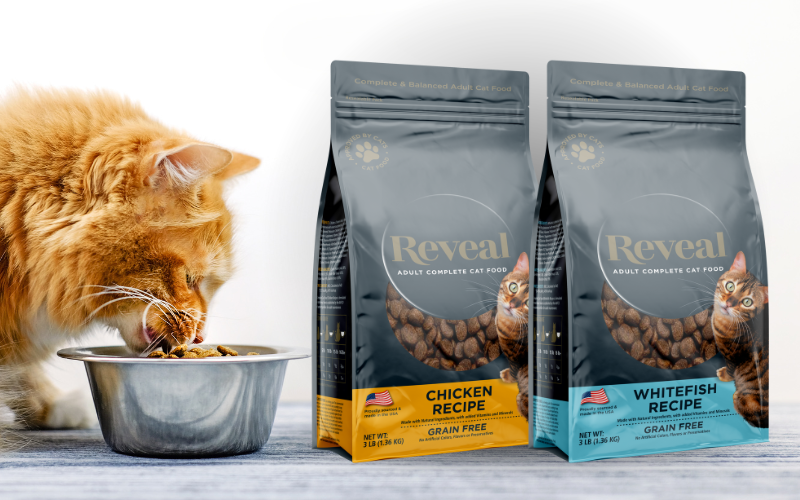Proper packaging for fish food and products is essential for several reasons. Fish food needs to be kept fresh to retain its nutritional value. Similarly, seafood products must remain fresh to ensure they are safe and tasty for consumption.
Whether you’re a fish hobbyist, an aquaculture farmer, or involved in the seafood industry, understanding the best packaging practices can make a significant difference.
This blog delves into the various packaging options suitable for fish food and products, highlighting their benefits and considerations.
Effective packaging prevents contamination from bacteria, chemicals, and other harmful substances. Sustainable packaging options reduce environmental impact and cater to a growing demand for sustainable practices. Packaging that is easy to handle, store, and use enhances the consumer experience.
2. Packaging Types for Fish Food
Dry Fish Food:
- Airtight Containers: Plastic or glass containers with airtight lids are ideal for storing dry fish food. They prevent moisture and air from degrading the food.
- Stand-Up Pouches: These pouches are excellent for preserving freshness and are often used for small portions. They are lightweight and can be resealed.
- Vacuum-Sealed Bags: By removing air, vacuum-sealed bags significantly extend dry fish food’s shelf life.
Frozen Fish Food:
- Vacuum Sealing: Vacuum-sealed packaging is critical for frozen fish food as it prevents freezer burn and maintains quality.
- Thermoform Packaging: This packaging involves shaping a plastic sheet around the product, providing a custom fit that reduces air pockets.
- Insulated Containers: For transporting frozen fish food, insulated containers with ice packs ensure the food remains frozen until it reaches the consumer.
- ventilation to prevent suffocation.
Sustainable Packaging Options
As the world moves towards more sustainable practices, the fish food and products industry is no exception. Here are some eco-friendly packaging options:
- Ready2Recycle Bags/Pouches: This packaging is made from 100% recyclable materials, meaning it is easier to recycle.
- Biodegradable Plastics: Made from natural materials like corn starch, these plastics decompose more easily than traditional plastics.
- Other Recyclable Materials: Using materials that can be recycled, such as certain plastics, metals, and glass, reduces waste and supports a circular economy.
- Reusable Packaging: Encouraging consumers to reuse containers and packaging helps minimise waste and promote sustainability.
Selecting the right packaging for fish food and products is essential for maintaining quality, ensuring safety, and supporting sustainability. By understanding the different packaging options and their benefits, businesses and consumers can make informed choices that benefit both the environment and their fish-keeping or culinary endeavours. Whether opting for traditional methods or exploring innovative sustainable solutions, proper packaging is key to success in the fish food and products industry.
Need more information about sustainability in 2024? If your brand wants to invest in quality packaging, we will guide you through the entire print process. In addition, we are providing recommendations along the way to improve efficiency, reduce costs and add untold value to the end product.
Contact us on +44 (0) 161 440 7302 or follow this link to complete our contact form.


